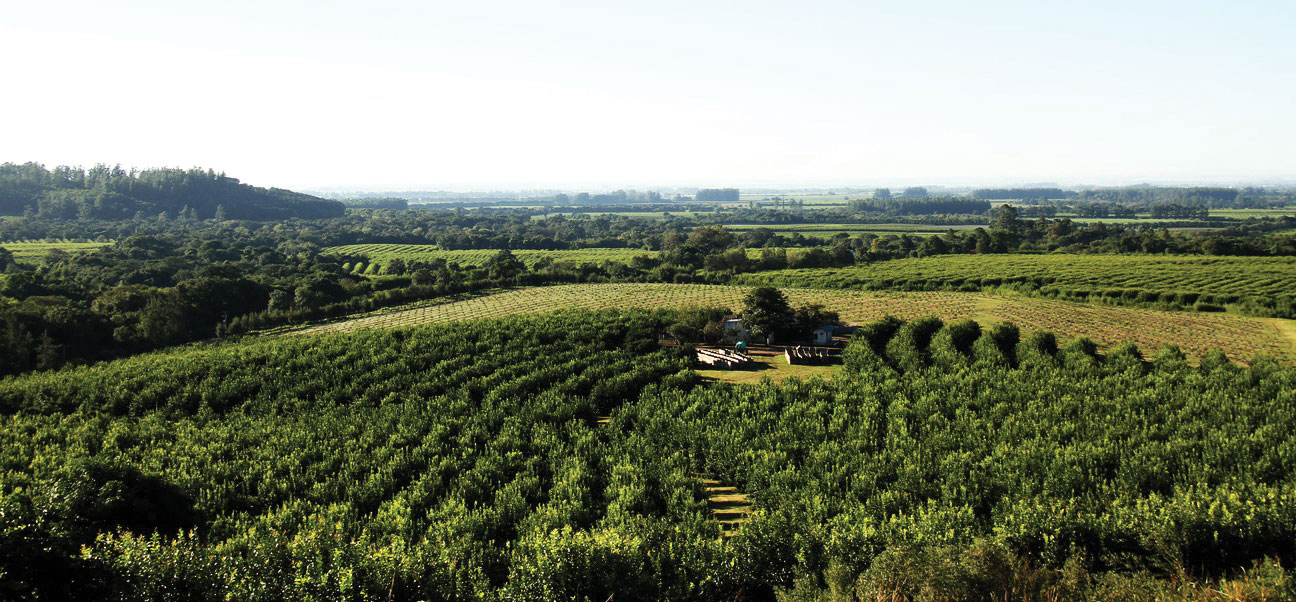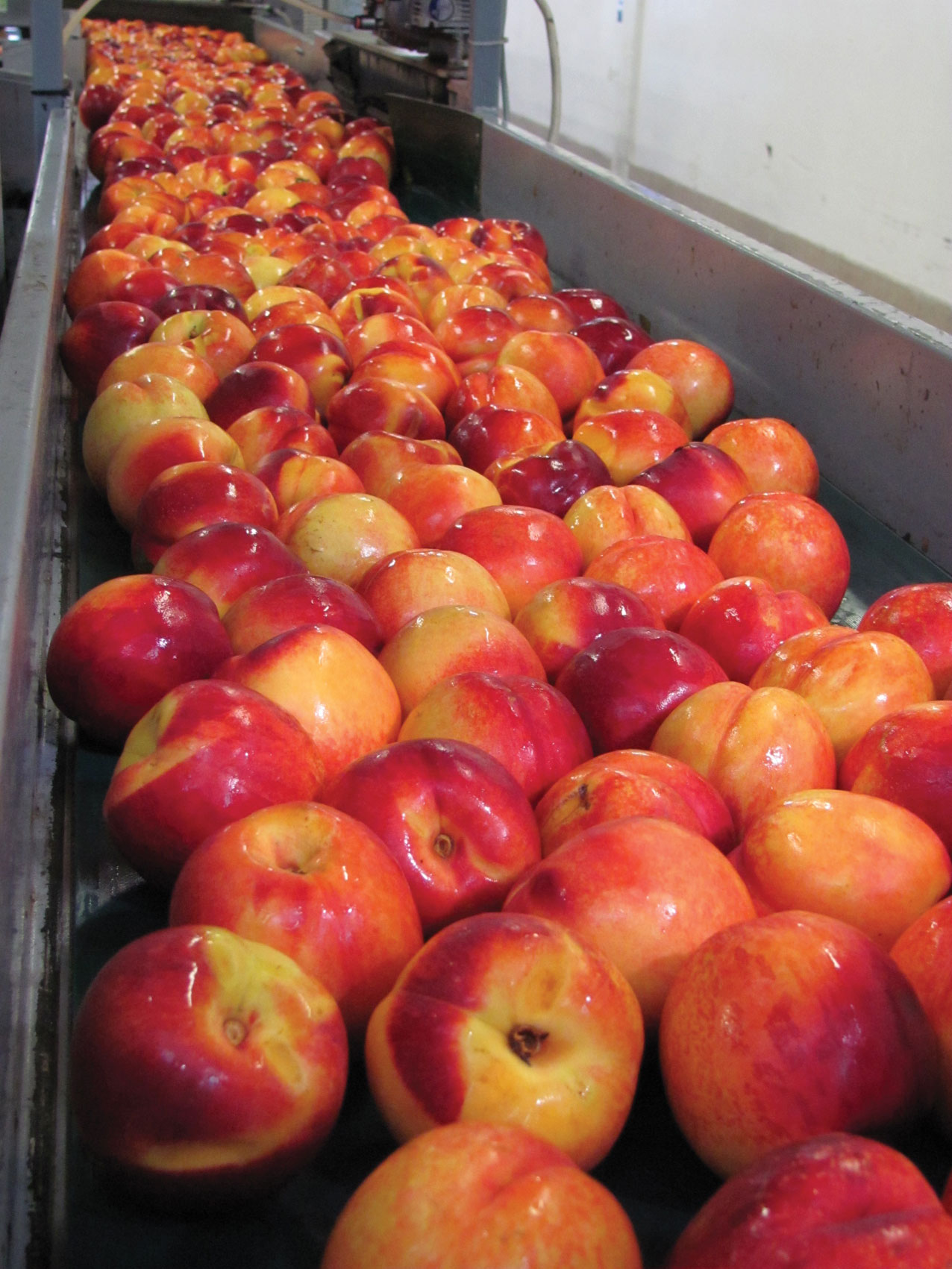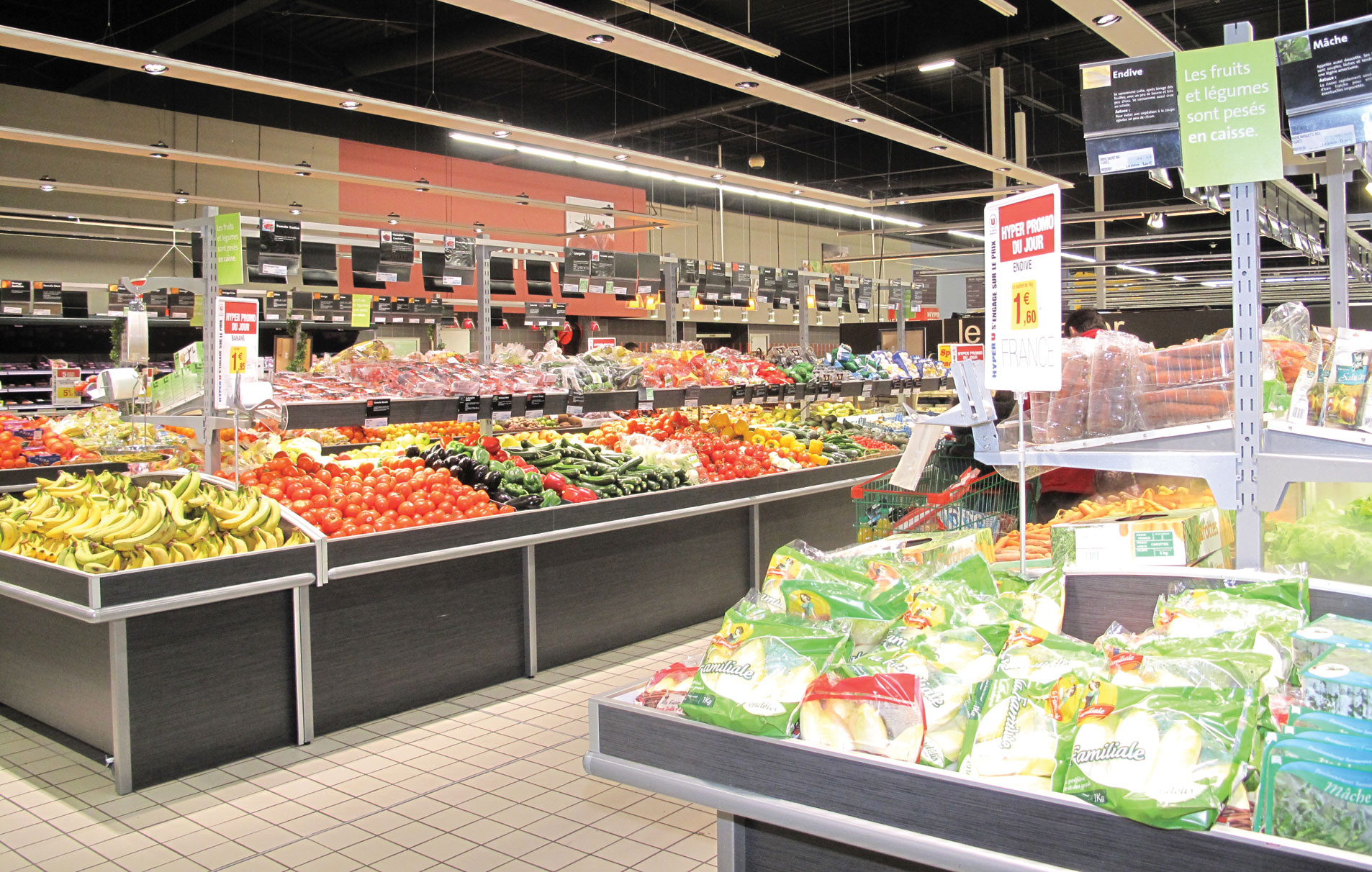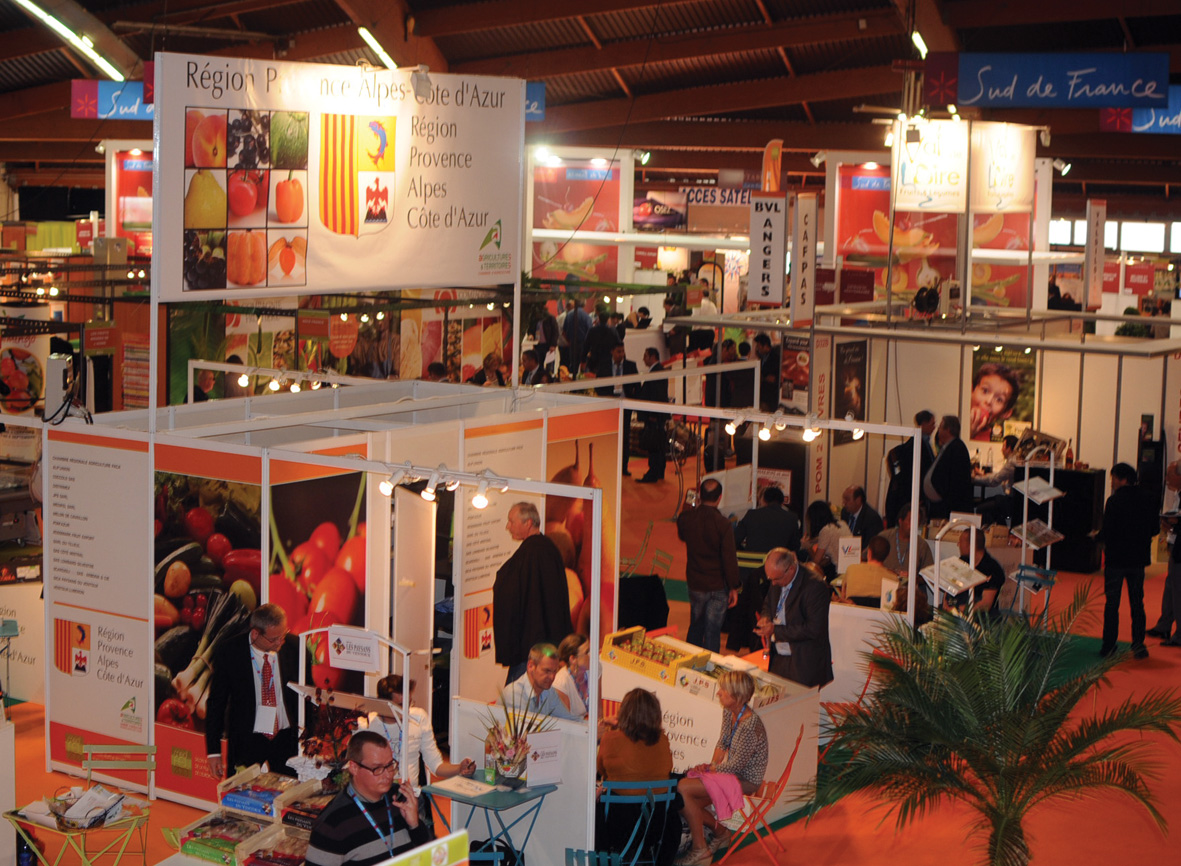The Andalusian inter-professional body Hortyfruta and the regional agricultural department are redoubling their efforts for the spring campaign to satisfy melon consumers. “No unripe fruit” is the new slogan for the melon and watermelon campaign to raise awareness among farmers not to harvest melons and watermelons before their time. Their president Francisco Góngora advises farmers to “observe each variety’s minimum Brix,” so as to ensure the fruit’s flavour and sweetness demanded by the consumer. This means 9º Brix for watermelons, 10º for Galia and yellow melons, and 11º for Piel de Sapo and Charentais melons. The administration intends to carry out more than the 4,000 samples and 360 checks they did in 2013 (four times more than in 2012), when only 1.1% of watermelons were rejected, and less than 1% of melons.
Hortyfruta also carried out a survey on consumer preferences regarding melon varieties in several European countries. They specifically analysed consumption of Cantaloupe in France, and Piel de Sapo and Galia in the UK. Texture and sweetness are the main selection criteria, above aspects such as appearance or origin.
“We care, you enjoy” conquers England
In the third year of its campaign (until February 2015), the European promotion campaign “We care, you enjoy” is culminating in an intensive communication programme in England, with nutritionist Fiona Hunter as the spokesperson, of similar reach to the activities already carried out in Germany. The campaign has activities on the street (“off trade”: advertising at petrol stations, airports and motorways), inserts in consumer magazines (lifestyle types and supermarket chains), participation in consumer fairs (like the “Fit London Show” that attracted more than 12,000 women) and press trips for English and Scottish journalists to Andalusia and Murcia.
Jointly funded by the Andalusian interprofessional body Hortyfruta and the Murcia exporters’ association Proexport, with support from the European Union and the Spanish government, “We care, you enjoy” has a budget of €3 million and will be renewed once the current programme has ended.
In addition, Hortyfruta has submitted a request for funding for a new consumer information campaign about “the good points in the European production system”, which is more sustainable, and their good farming practices. Germany, Austria and the United Kingdom are the chosen markets.
“We still have to generate synergies in our industry; there is still a lot of individualism,” claims Hortyfruta’s president, Francisco Góngora. He hopes to encourage more ambitious future projects, thanks to the new European regulation of the common agricultural policy and the new Spanish food regulation law. Both of them will give more support for promotional activities, fostering more sustainable agriculture and healthier consumption. “As an interprofessional body, we should also help reduce imbalances between production and distribution.” The interprofessional body is also working with the administration to draw up extensions to the standards, such as standardization and classification of products, and financing of promotional campaigns. Francisco also regrets the loss of farmers’ profitability, because “costs are still rising but prices are not improving.”





